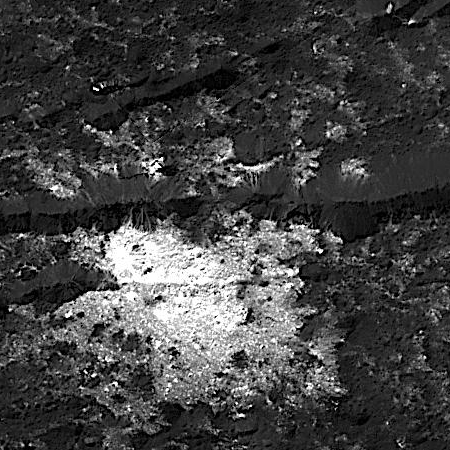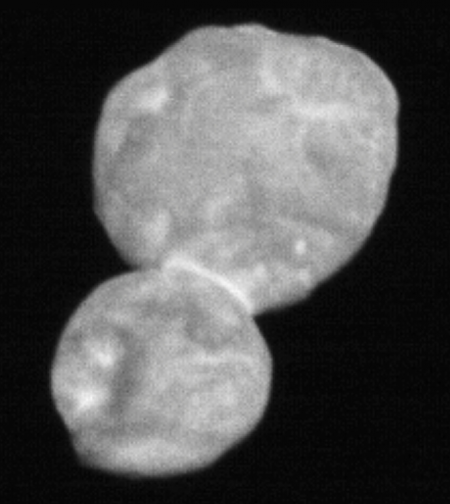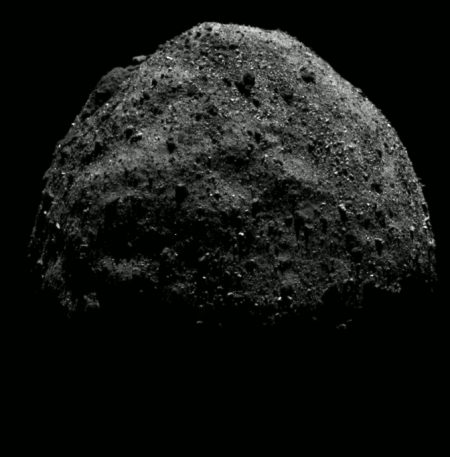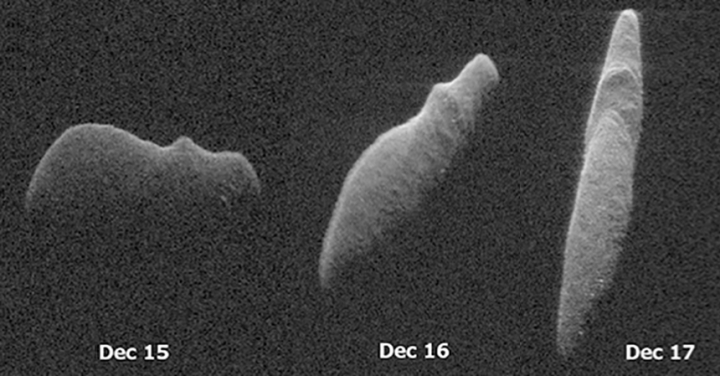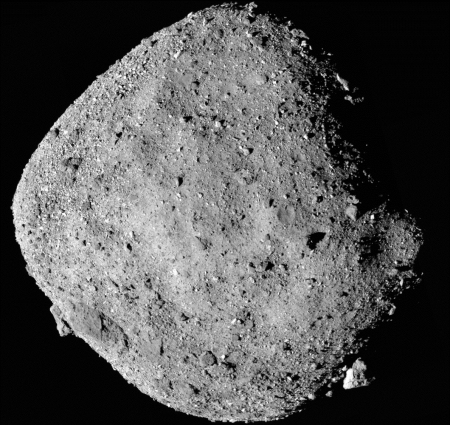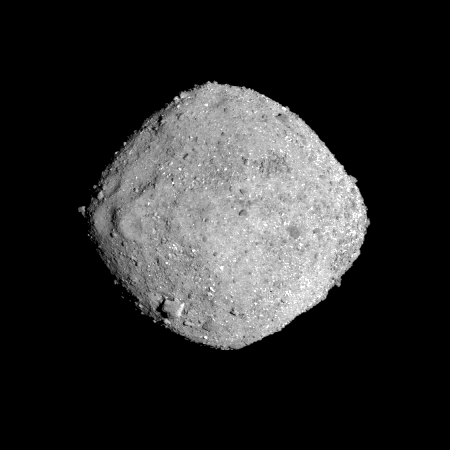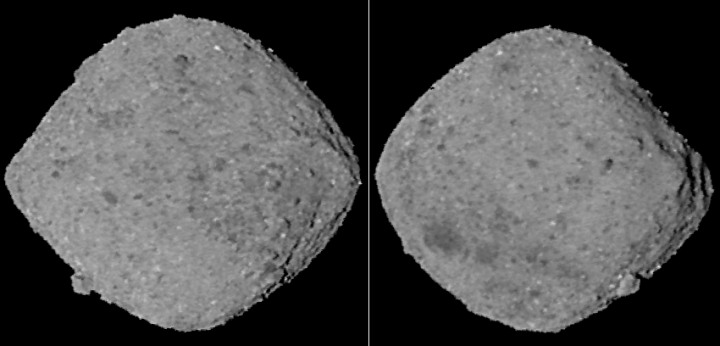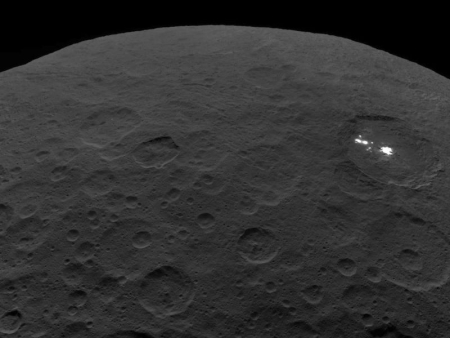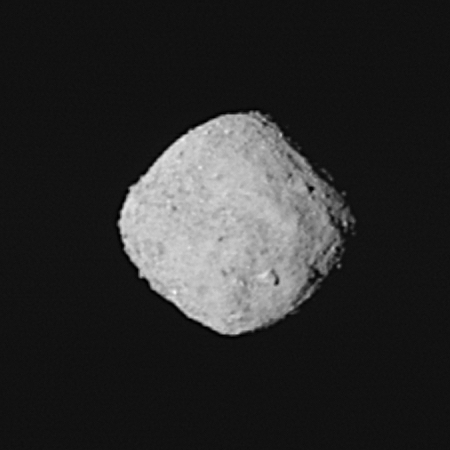Moon hit by small meteorite during eclipse
During the lunar eclipse two days ago on January 20, 2018 amateur astronomers were able to record the impact of a small meteorite.
The MIDAS survey is a Moon-watching that scours video of its surface in the hopes of detecting the tiny flashes associated with meteorite impacts. In this case, MIDAS scored a home run, and it was the first time the system was able to spot an impact during a total lunar eclipse.
“In total I spent almost two days without sleeping, including the monitoring time during the eclipse,” [Jose] Madiedo explained to Gizmodo. “I was exhausted when the eclipse ended—but when the automatic detection software notified me of a bright flash, I jumped out of my chair. It was a very exciting moment because I knew such a thing had never been recorded before.”
The meteorite itself wasn’t terribly large, and is estimated to have only been around 22 pounds.
I have embedded the video of the impact below the fold. It is very short, and the flash is not very impressive, but it still is quite cool.
» Read more
During the lunar eclipse two days ago on January 20, 2018 amateur astronomers were able to record the impact of a small meteorite.
The MIDAS survey is a Moon-watching that scours video of its surface in the hopes of detecting the tiny flashes associated with meteorite impacts. In this case, MIDAS scored a home run, and it was the first time the system was able to spot an impact during a total lunar eclipse.
“In total I spent almost two days without sleeping, including the monitoring time during the eclipse,” [Jose] Madiedo explained to Gizmodo. “I was exhausted when the eclipse ended—but when the automatic detection software notified me of a bright flash, I jumped out of my chair. It was a very exciting moment because I knew such a thing had never been recorded before.”
The meteorite itself wasn’t terribly large, and is estimated to have only been around 22 pounds.
I have embedded the video of the impact below the fold. It is very short, and the flash is not very impressive, but it still is quite cool.
» Read more

